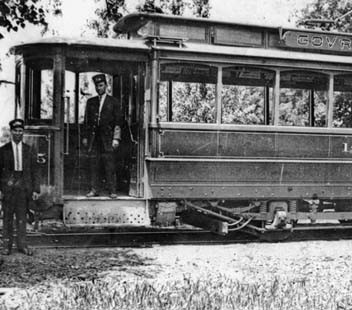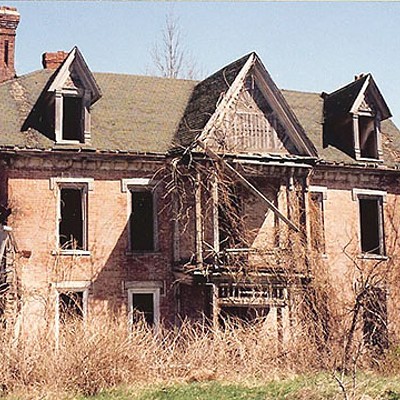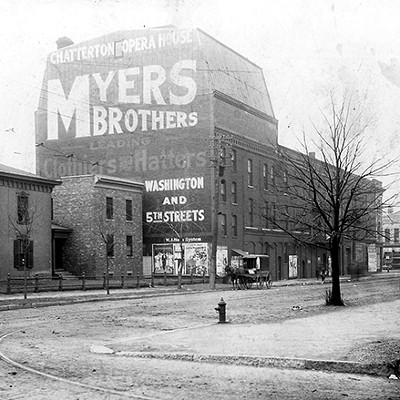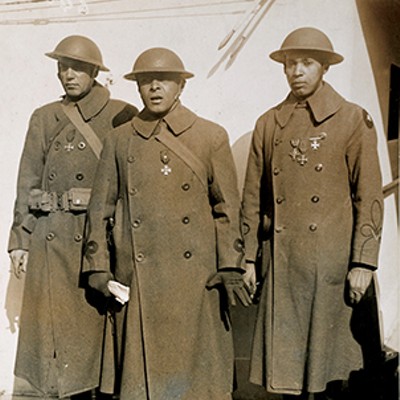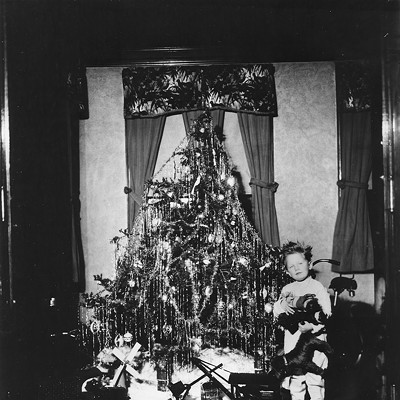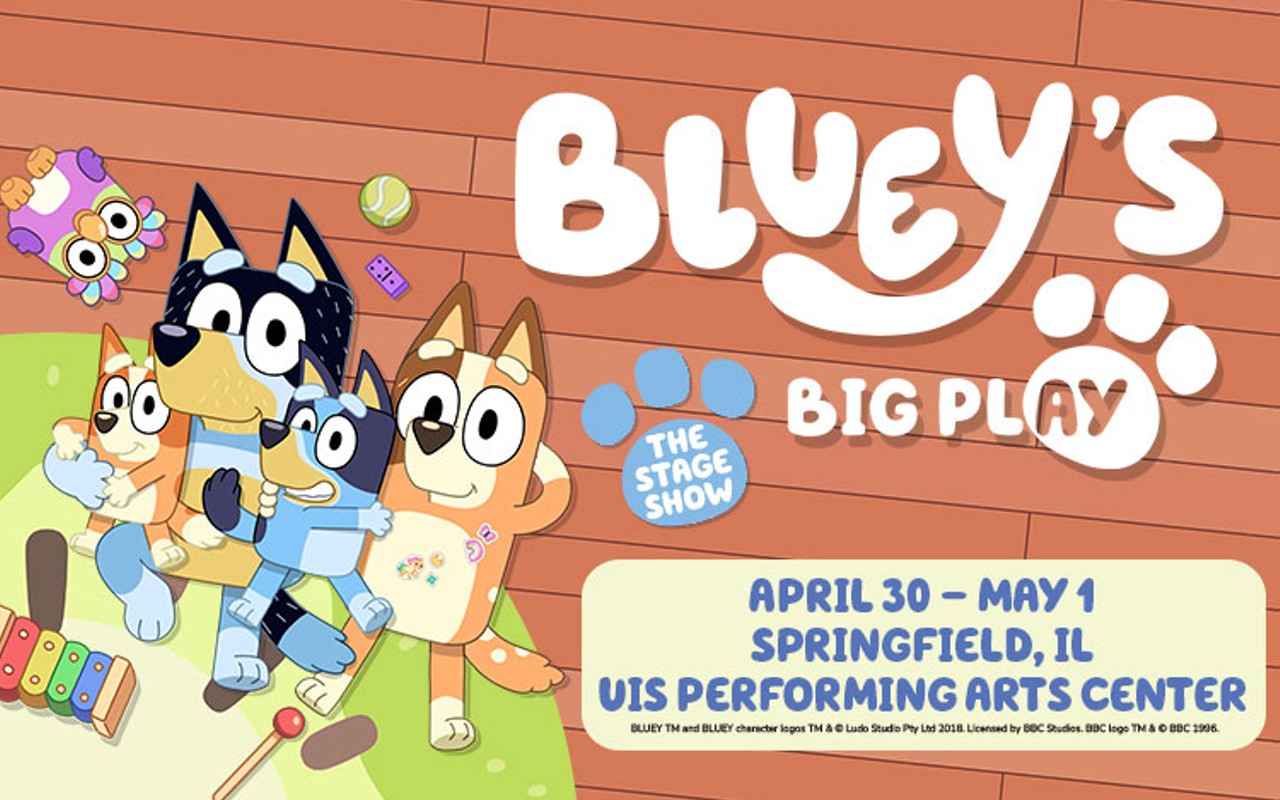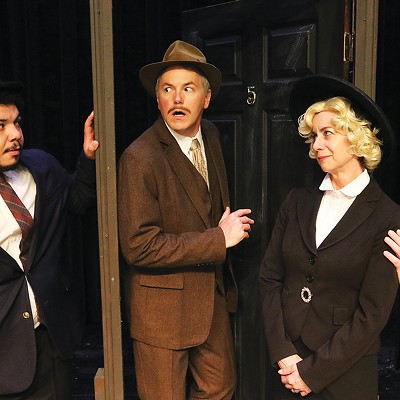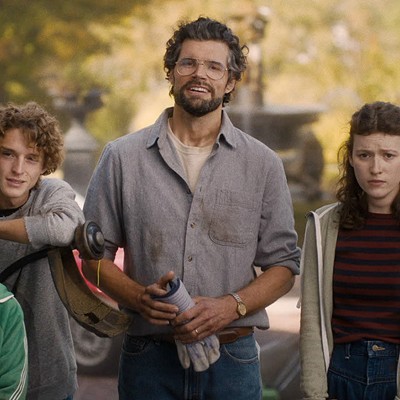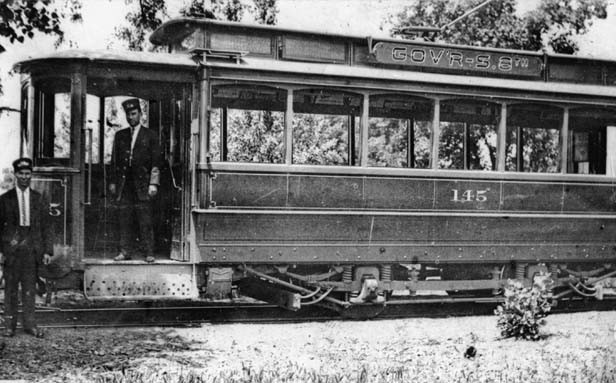
Corporate arrogance and malfeasance seem like modern phenomena, but they’re not. Take the story of Springfield’s 1890 “streetcar wars,” for example.
Shortly after the Civil War, Springfield got its first “modern” transportation – horse-drawn trolleys. A company organized in 1861 by some local bigwigs, including several of Abraham Lincoln’s friends and peers, established a trolley line up and down Fifth Street in 1866, according to the Nov. 3, 1931, Illinois State Journal. During the summer of 1890, this company, which was informally called “City Company” or “City Railway,” modernized and installed electric cars – the first in Springfield. Its competitor, informally called “Citizens Railway Company” or just “Citizens,” organized in 1879, but by 1890 it was still running mule-driven cars.
Both companies wanted a bigger share of Springfield’s transportation market and competed for parts of town that still lacked lines. Yet many Springfieldians favored City’s electric cars over Citizens’ mule-powered ones, according to an Aug. 8, 1890, letter to the Illinois State Register editor.
In August of 1890, a “war” broke out between the rival companies.
City Company had a state charter that its president claimed allowed it to operate on any Springfield street without the city council’s consent. So, in the early morning of Aug. 4, while their rivals were laying tracks elsewhere, City’s workers started laying tracks on South Grand Ave. The problem was, Citizens had been given permission to run a line there, according to the Aug. 5, 1890, Illinois State Register. Residents helped City Company lay five blocks of tracks along South Grand before police stopped them.
Later that day, Citizens started laying tracks over City’s tracks on Spring Street. City workers “hustled” their rivals “out of the way” and “threw their rails on the other side of the street,” reported the Aug. 5 Register.
Enter the Three Stooges: the companies’ leaders came to blows. One ended up with a bloody nose and the other with a black eye. Police broke up the melee and made everyone stop working.
The work stopped but the fighting continued, so police arrested the companies’ officials and put them in a paddy wagon. “While the officers were parleying with a recalcitrant foreman who declined to go with them,” the officials escaped, the Register said.
In the meantime, residents helped City workers lay more track. “Even women helped…carrying spikes,” said the Aug. 5 Register.
The next night, City employees were back at work on the disputed South Grand turf and police brought a paddy wagon to stop them. Once again, it was in vain. According to the Aug. 8 Register, the “sympathizing populace” lifted the laid track, moved it to the south side of the avenue, which was outside of city limits and the policemen’s jurisdiction, and continued laying track.
But they were thwarted by another corporate rivalry. When City workers got to 10th St., three railroad cars blocked their way. They were put there by the Wabash Railroad, which ran a track up 10th St. Another railroad was trying to get a foothold in the city and when Wabash heard that new tracks were being laid along South Grand for street cars, the company figured it was a cover story made up by the other railroad, so Wabash blocked the intersection, reported the Aug. 8 Register.
The next day, Citizens announced that it would get electric cars, too – at a cost of $150,000. It planned to start updating equipment within 10 days.
City Company didn’t waste time. Defying city council orders, it continued to lay tracks on the disputed South Grand Avenue turf. Once again, “crowds of people of all sizes and sexes” helped.
In a surprise move, a few days later the city council chastised the favored City Company for its hubris and denied the company permission to continue laying tracks. The Register, on Aug. 12, approved: “No street car company should be allowed to lay a foot of track on any street without permission of the council.”
Citizens Company reorganized with more capital and extended its lines. City Company extended its lines, too, reported the Aug. 16 Register. This time its president sought city council approval to do so.
In 1893, streetcar competition ended when the different companies merged into one – the Springfield Consolidated Railway Company. “Within a short time, the company had 44 electric cars and 21 miles of track,” according to The Sangamon Saga by Bruce Campbell (1976). “Watering of the streets was an additional function of the cars and those who lived on a street car line felt themselves quite fortunate indeed.”
Contact Tara McClellan McAndrew at [email protected].

